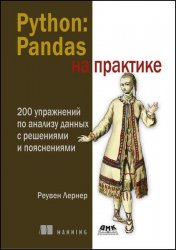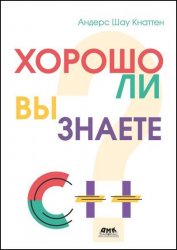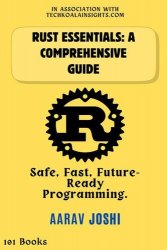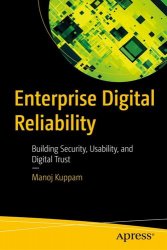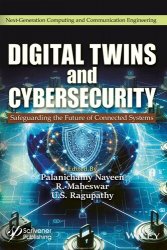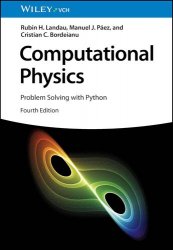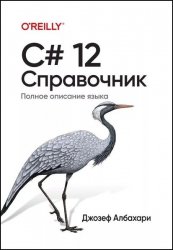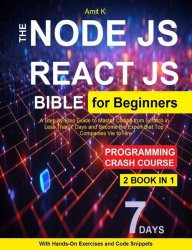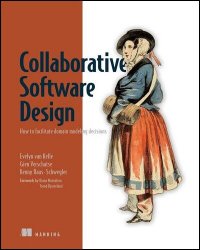- Добавил: literator
- Дата: 26-12-2024, 07:05
- Комментариев: 0
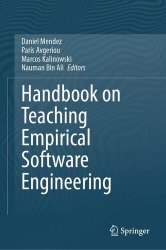 Название: Handbook on Teaching Empirical Software Engineering
Название: Handbook on Teaching Empirical Software EngineeringАвтор: Daniel Mendez, Paris Avgeriou, Marcos Kalinowski, Nauman Bin Ali
Издательство: Springer
Год: 2024
Страниц: 634
Язык: английский
Формат: pdf (true), epub
Размер: 41.4 MB
This handbook exploits the profound experience and expertise of well-established scholars in the empirical software engineering community to provide guidance and support in teaching various research methods and fundamental concepts. A particular focus is thus on combining research methods and their epistemological settings and terminology with didactics and pedagogy for the subject. The book covers the most essential contemporary research methods and philosophical and cross-cutting concerns in software engineering research, considering both academic and industrial settings, at the same time providing insights into the effective teaching of concepts and strategies. Empirical software engineering has received much attention in recent years and helped shift software engineering research from a more mathematically oriented and design science-driven discipline to a more insight-oriented and theory-driven one. While extensive guidelines are nowadays available for designing, conducting, reporting, and reviewing empirical studies, similar attention has not yet been paid to teaching empirical software engineering.

